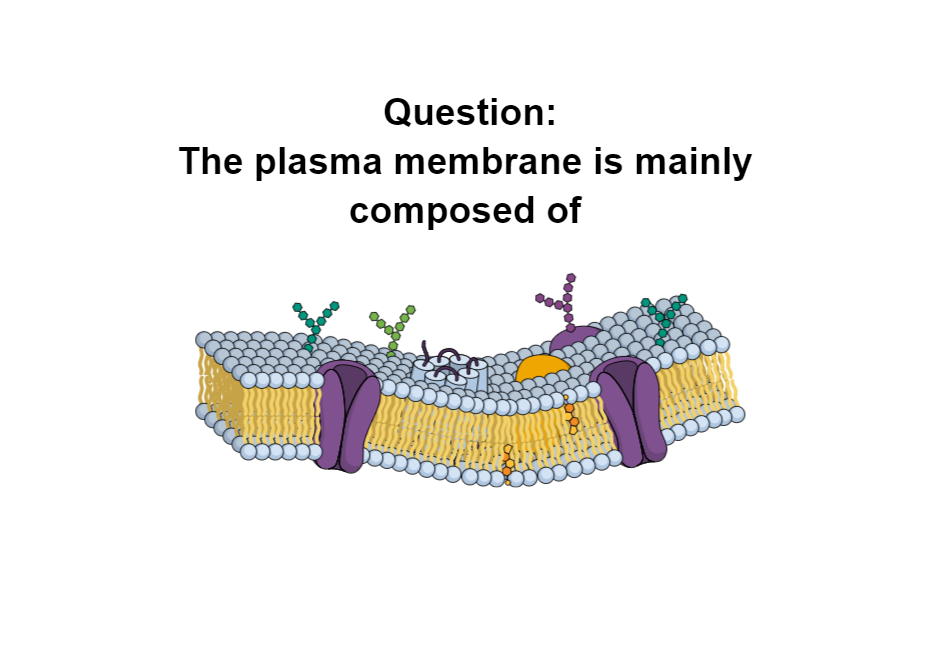

Correct!
Wrong!
The body cavity of Colelenterata is called Coelenteron.
The body cavity of Colelenterata is called Coelenteron. Coelenterata comprises of invertebrate aquatic animals, mostly found in marine habitats. They are multicellular organisms with a tissue level of organization. Coelenterata is divided into the phylum Cnidaria (jellyfishes) and the phylum Ctenophora (comb jellies).
The name Coelenterata is derived from the Greek words (“koilos” means ‘hollow’ and “enteron” means ‘intestine’) due to the hollow body cavity found in these animals. The body plane is of these multicellular invertebrates are radially symmetrical and shows a repeating pattern of symmetry around the central body axis. They are diploblastic animals and do not possess a coelom.
The coelenteron in Cnidaria and Ctenophora is also called the gastrovascular cavity, which starts with a single opening, the mouth, the hypostome, surrounded by sensory tentacles.
They are diploblastic animals and the body is lined with two layers of cells (i) the epidermis or the ectoderm which makes the outer body lining and (ii) the gastrodermis or the endoderm which forms the inner lining of the body. Both the layers of cells are separated by a jelly-like layer called the mesoglea.
Examples: Hydra (Hydra oligactis), jellyfish (Aurelia aurita), Sea anemone (Actinodendron arboreum), comb jelly (Beroe ovata), coral Acropora cervicornis, the warty comb jelly (Mnemiopsis leidyi), and sea pen (Pennatula phosphorea)


